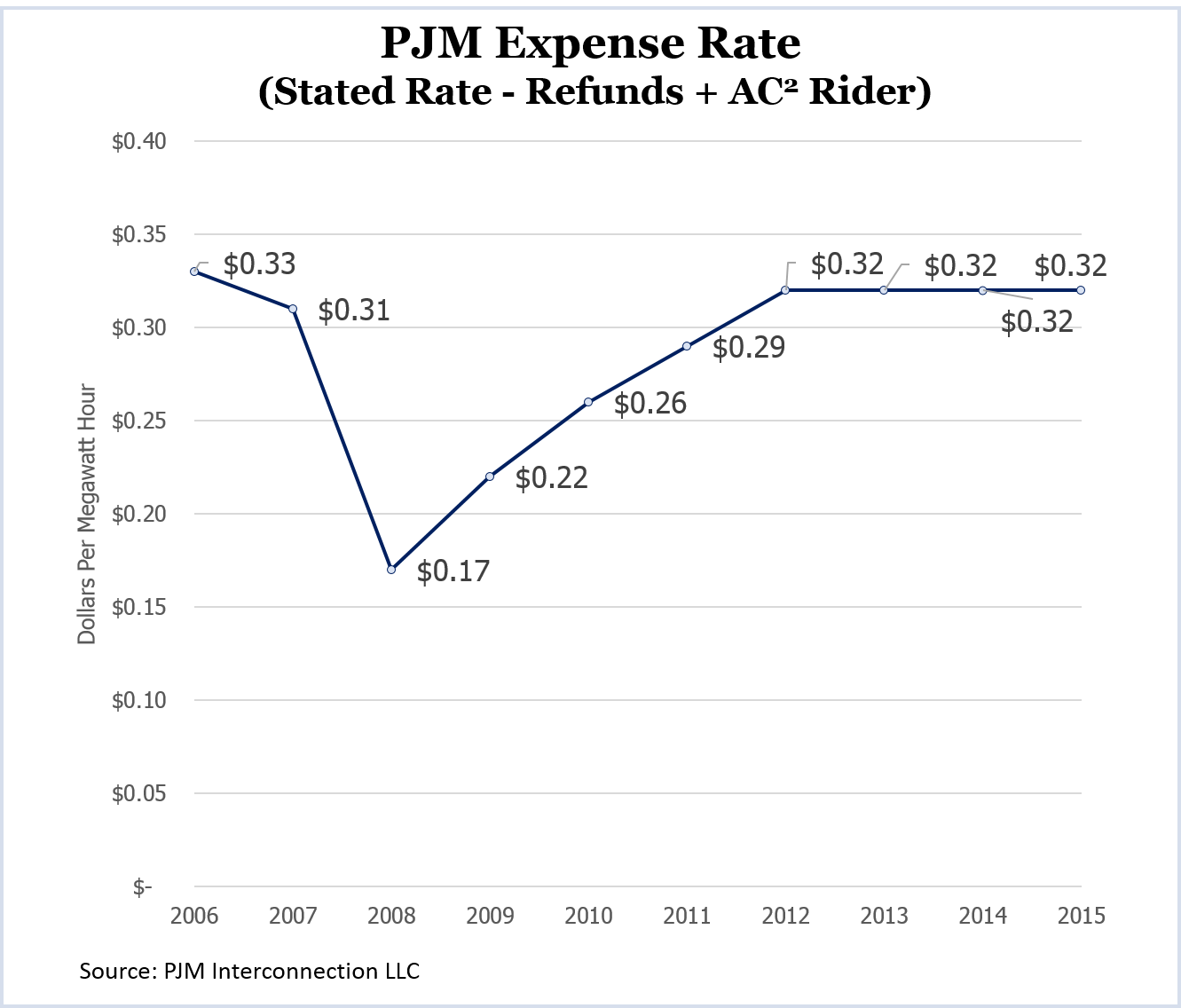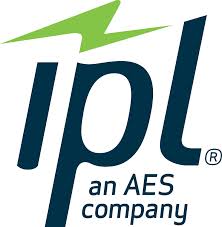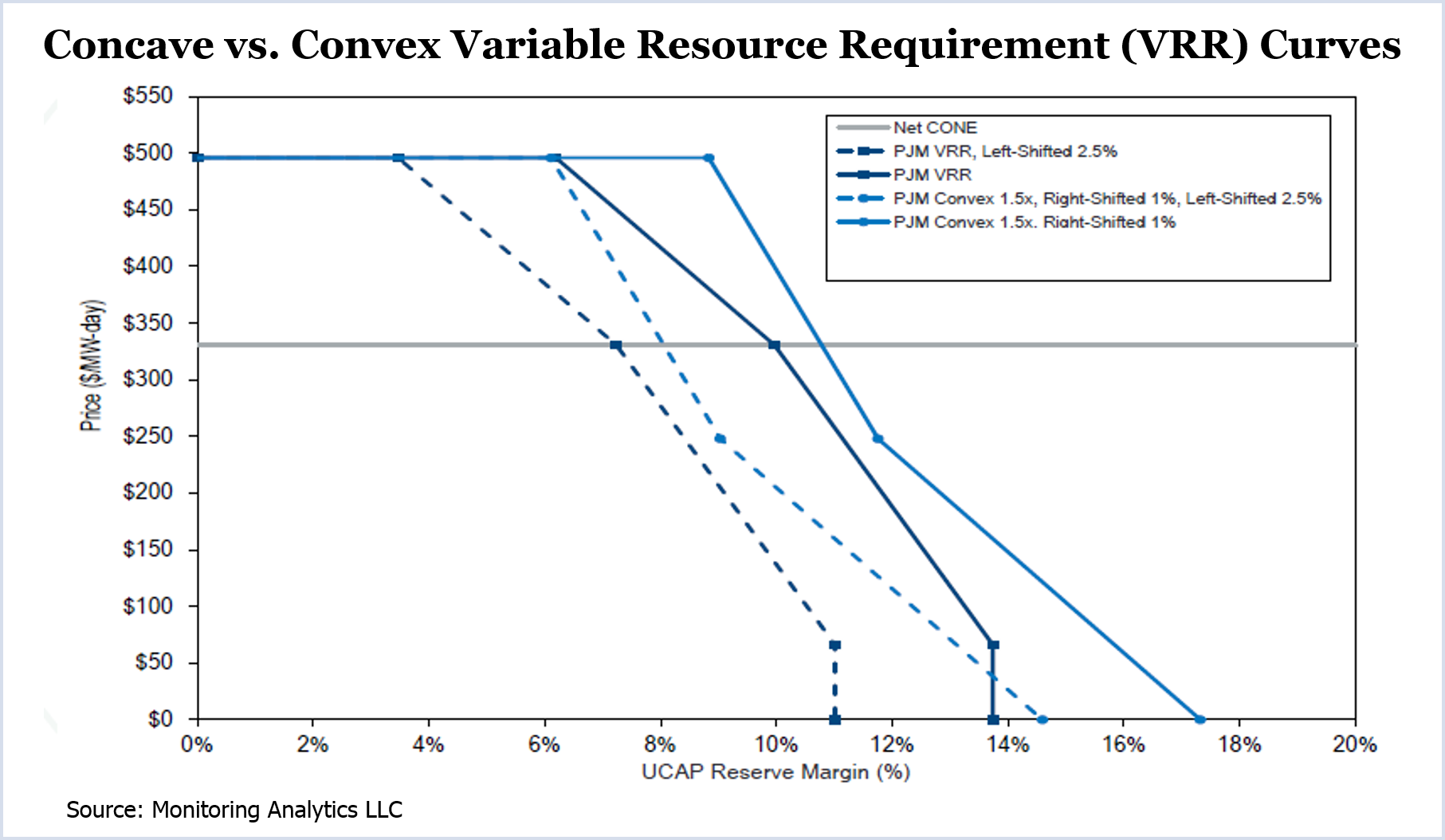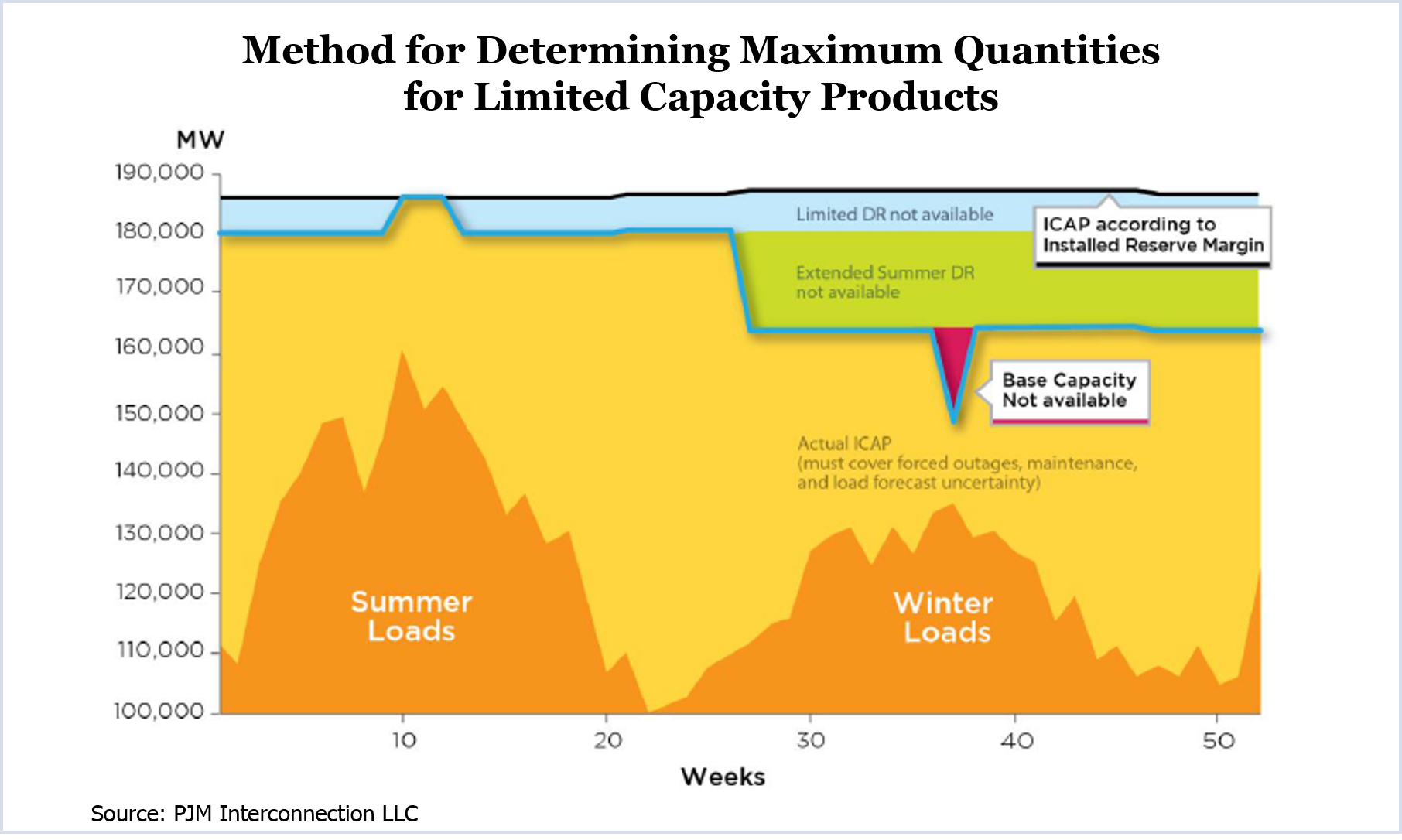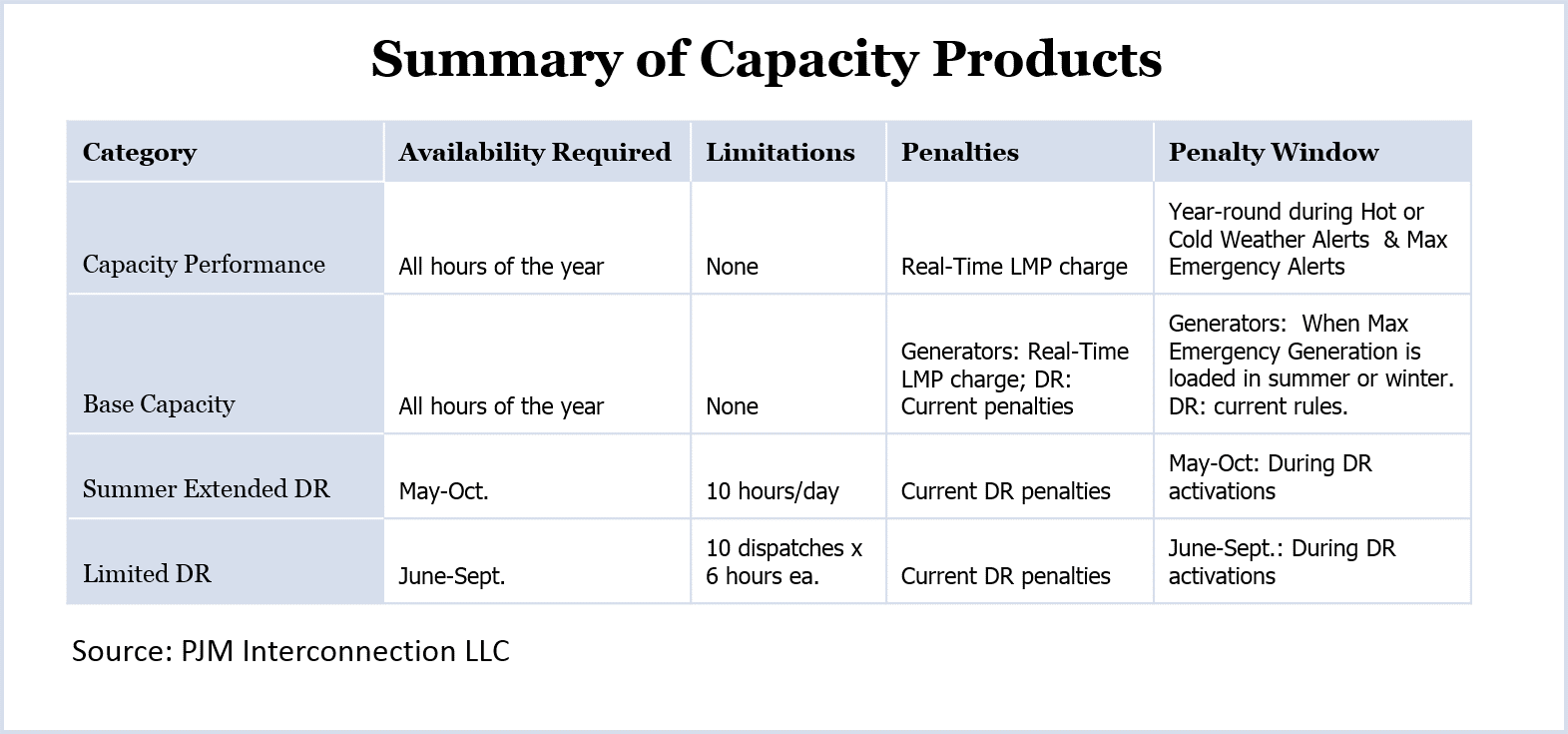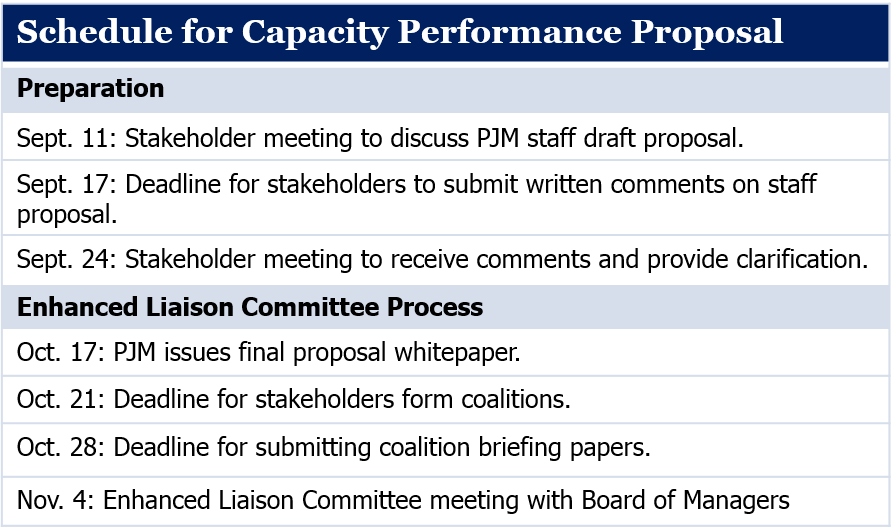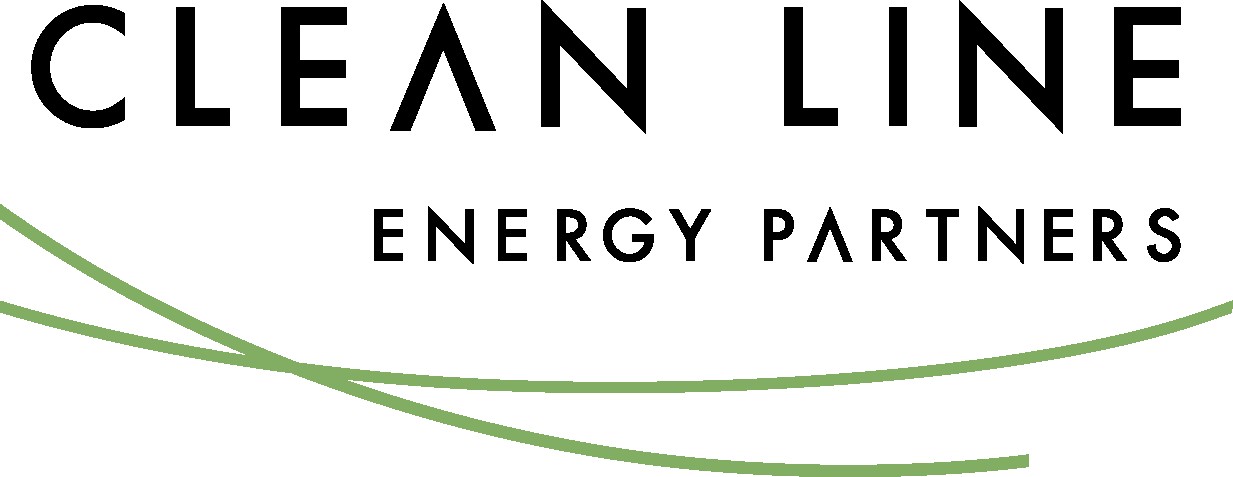The Market Implementation Committee last week approved the following changes recommended by the Credit Subcommittee:
- Risk Documentation Requirements – Remove the requirement that officer certifications be notarized and allow electronic submissions. Eliminate the requirement for annual submissions of risk policy documentation; PJM will accept certification that no substantive changes have been made since the last submission.
- Peak Market Activity (PMA) Exclusions – Spot market energy, transmission congestion and transmission loss charges resulting from virtual transactions will be excluded from the peak market activity (PMA) credit requirement. Virtual transactions have their own credit screening rules. Screened export transactions also will be excluded from the PMA. The PMA is used to set baseline credit requirements for members based on historical activity.
- Virtual and Export Transactions Credit Requirement Timeframe – Reduce the credit requirement timeframe for export transactions to two days from four days. The MIC approved a similar change in August for virtual transactions. (See PJM MIC OKs Settlement, Credit Changes.)
- Demand Bid Volume Limits – PJM will establish a daily demand bid limit for each load-serving entity by transmission zone. Bids would be limited to the LSE’s calculated zonal peak load reference point for the day plus whichever value is more, 30% of the reference point or 10 MW. The 30% limit was based on analysis showing that the largest two-day-ahead zonal forecast shortfall from January 2013 through March 2014 was 28%.
PJM said the need for such limits was illustrated by the default of People’s Power & Gas in January. Due to an input error, the company entered a demand bid about 100 times the retailer’s load. Because demand bids are currently unlimited, bids exceeding actual load act as a decrement bid but lack the protections of the virtual transaction credit screen and minimum participation requirement.
Sampling to Replace Outdated Studies for
DR in Synchronized Reserve Market
The MIC heard a first read on proposed rules that would allow use of statistical sampling to calculate the performance of residential demand response resources providing synchronized reserves. The sampling would apply to homes without meters reporting data hourly or in shorter intervals.
The samples will be stratified to group like resources by characteristics including end-use device (e.g. air conditioners, water heaters), curtailment measures (50% cycling, 100% cycling, thermostat set point) and geography.
The sampling results would have to show an error rate of less than 10% at a 90% confidence level.
The sampling would replace outdated studies such as the Deemed Savings Estimate Report, which is based on data from 2001–2005 from zones in Maryland and New Jersey. Since then, PJM’s footprint has grown to include Kentucky and Chicago, and air conditioners and other appliances have become much more efficient.
Sampling is a way to improve accuracy without the cost of installing one-minute meters on every participating household, PJM said.
The rule would take effect June 1, 2015 with a transition mechanism for resources that cannot meet new requirements for delivery years 2016 through 2018.
Pricing Interface Ordered at Warren, Pa.
PJM instituted a closed-loop interface at Warren, Pa., in the Penelec zone to set real-time LMPs for when operators take actions to address voltage problems. The interface, effective Sept. 2, is being modeled in the day-ahead market and financial transmission right auctions and is expected to help minimize FTR underfunding. There is no end date.
The affected region is within the larger Seneca interface created in February. (See New Pricing Interface in PA Feb. 1.)
PJM also provided additional details about the Black River interface that took effect Sept. 1. PJM’s Joe Ciabattoni said the interface, which was instituted to address voltage or thermal issues resulting from a transmission outage, is unlikely to be implemented before it expires Oct. 31 because of forecasts for mild temperatures.
“Ninety-five-plus degree days is what this is targeted for,” Ciabattoni said. “I highly doubt we’ll use it.”
In response to calls for more transparency, Ciabattoni said PJM will notify members whenever it is “seriously considering” adding a new pricing interface. “We do a lot of thinking about things that don’t go anywhere,” he explained.
PJM Gains $200K in Settlement Adjustments
PJM will receive a net $212,000 from MISO as a result of two market-to-market settlement adjustments.
The cancellation of a scheduled outage on the Monticello–East Winamac 138-kV line on July 7 and 8 resulted in a recalculation of firm-flow entitlements and a refund from MISO to PJM of $733,611. A modeling error by PJM resulted in incorrect calculations regarding the Pleasant Prairie–Zion 345-kV line for several days in June. PJM will refund $521,193 to MISO.
